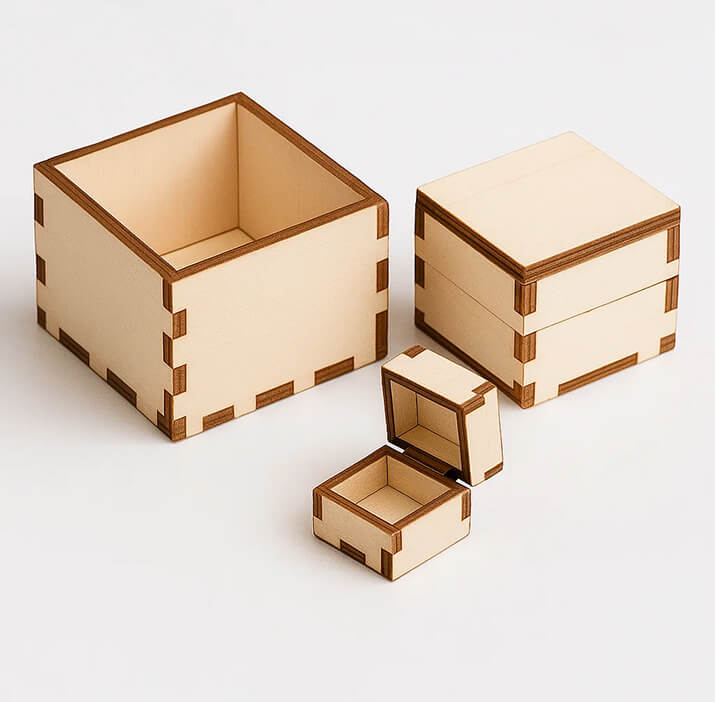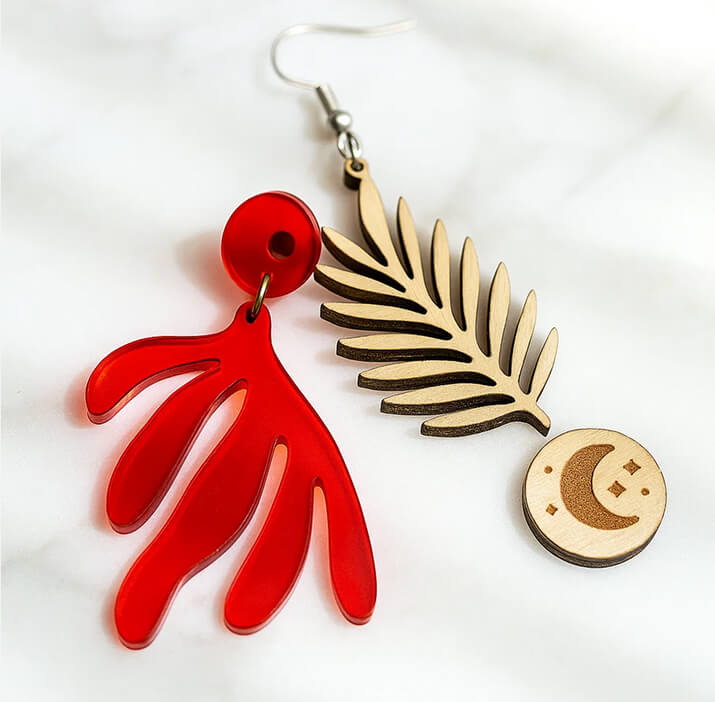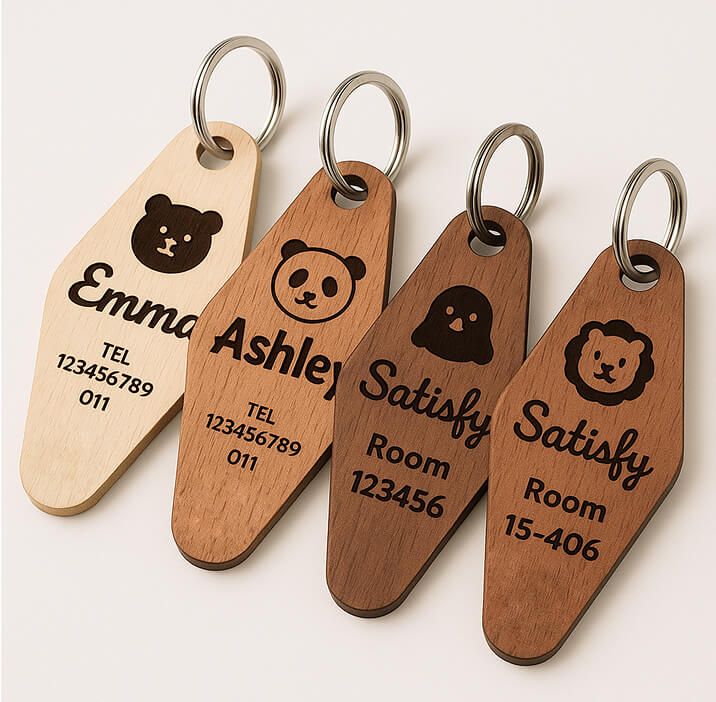![[Laser cut and engrave] Deep Relief Laser Engrave Eagle](https://image-res.xtool.com/resource/xtool/community/attachment/xtool-community/7aa058a0-86bf-461e-b1af-7eb545b1c445?x-oss-process=image/resize,w_1200,h_900,limit_0/interlace,1/format,webp/auto-orient,1)
Deep Relief Laser Engrave Eagle

Information
After using a CNC for several years, transitioning to a laser machine made me realize how much I missed the capacity to craft intricate 3D projects. With a laser engraver, however, you can produce detailed designs that rival the quality of CNC carvings!
Instruction
Step1: Design Your Image
I generated my image using Fotor.com's Text to Image AI tool. The prompt I provided was "a mature full-bodied eagle perched on a branch with a flag in the background." Opting for the Colored Pencil Drawing Style preset, I experimented with numerous iterations before settling on the perfect image for my project.
Then, I imported the PNG image into Adobe Illustrator (Ai). The sole purpose for Ai in this instance was to adjust the image size to fit the dimensions needed for the laser project, specifically an 8” square. This resizing step significantly reduced the overall file size from 55 MB to 9 MB. Such optimization is crucial to maintain manageability of file sizes within your Creative Space project.
www.Fotor.com
Step2: Import The Image into Creative Space
Bring your image into Creative Space. Once inside, duplicate the image so you have a total of four. Each image will be assigned unique engraving settings. Begin with the first image and choose a Layer Color. Proceed to the next image, selecting a different layer color. Continue this process for the remaining two images, ensuring each one has its own distinct layer color.
Step3: Create Grayscale Settings for Each Layer mage
During this step, utilize the "Adjustments" tool to modify the grayscale settings of your image. Follow steps 1 through 4 to adjust each layered image accordingly.
Image 1 - Grayscale Slider Settings - Low End set to 16 - High End set to 245
Image 2 - Grayscale Slider Settings - Low End set to 16 - High End set to 130
Image 3 - Grayscale Slider Settings - Low End set to 0 - High End set to 65
Image 4 - Grayscale Slider Settings - Low End set to 0 - High End set to 25
By applying these settings, you'll preserve the darkest regions for engraving while increasing brightness across each image, thereby minimizing the engraving areas from image 1 to image 4. This approach ensures that the darkest areas are targeted with each pass, resulting in deeper engraving into the wood.
Step4: Add Engraving Settings for each Image
In the upcoming step, you'll input your engraving settings for each Image layer. It's essential to sequentially engrave your layers, starting with the first image and progressing through to the fourth. In my project, I'll engrave in the following order: Blue, Red, Green, and finally Purple. Ensure that your color scheme aligns with the correct order for optimal results.
Step5: Align and Group Images
During this step, align and group your four images. Utilize the alignment tool to ensure both vertical and horizontal alignment of the images. Once aligned, select all four images and then group them together.
Step6: Engraving Time!
Now it's time to define your engraving areas and adjust your laser's focus. Once that's complete, you're ready to begin the engraving process! Due to the size of the image, expect a lengthy engraving time of approximately 2 1/2 hours. If you're looking to expedite the project, consider reducing the project size to either a 6" or 4" square.
Step7: Finishing Touches
Since the laser machine doesn't function like an Easy Bake Oven, you'll need to tidy up your engraving before applying polyurethane. For my cleanup process, I rely on a Methanol ACS Reagent Grade solution by MaxTITE and Isopropyl Alcohol from Vaxxen Labs. Ensure that the Methanol has ample time to dry before applying the Isopropyl Alcohol. Methanol effectively eliminates any scorch marks and residue. Then, use the Isopropyl Alcohol along with a small brush to clean the deeper areas of the engraving.
Finally, apply your polyurethane and revel in your Deep Relief Engraving!











